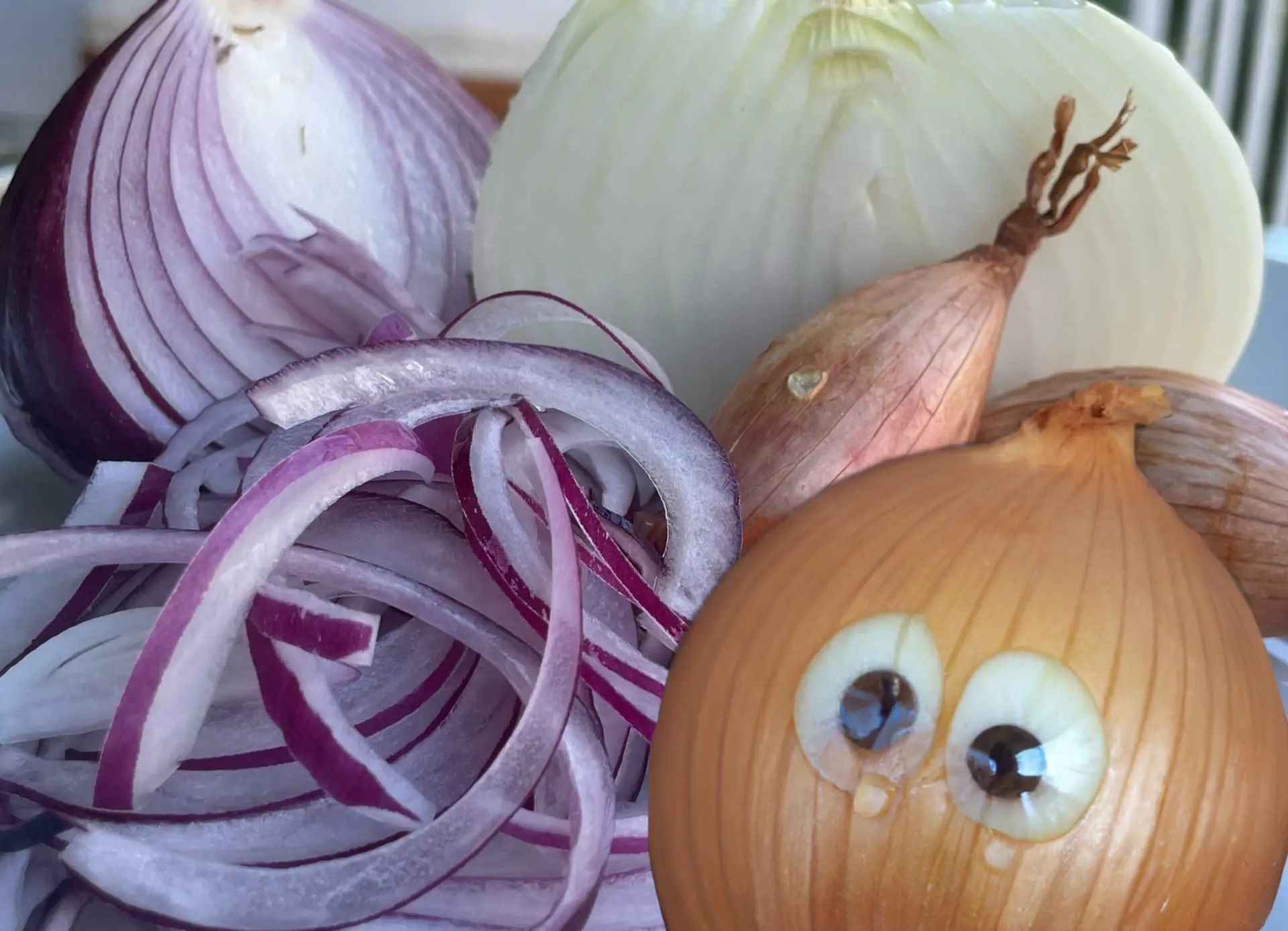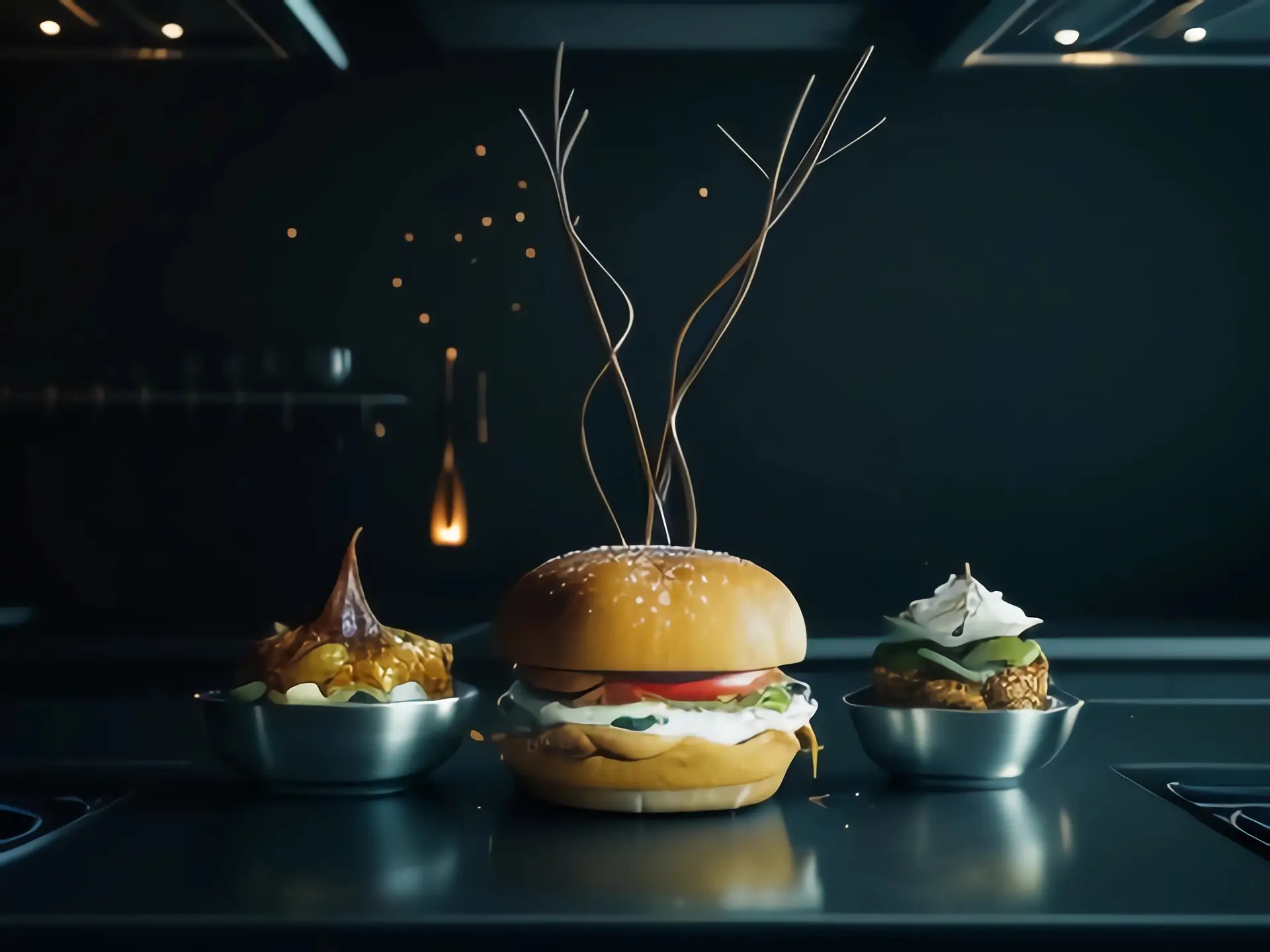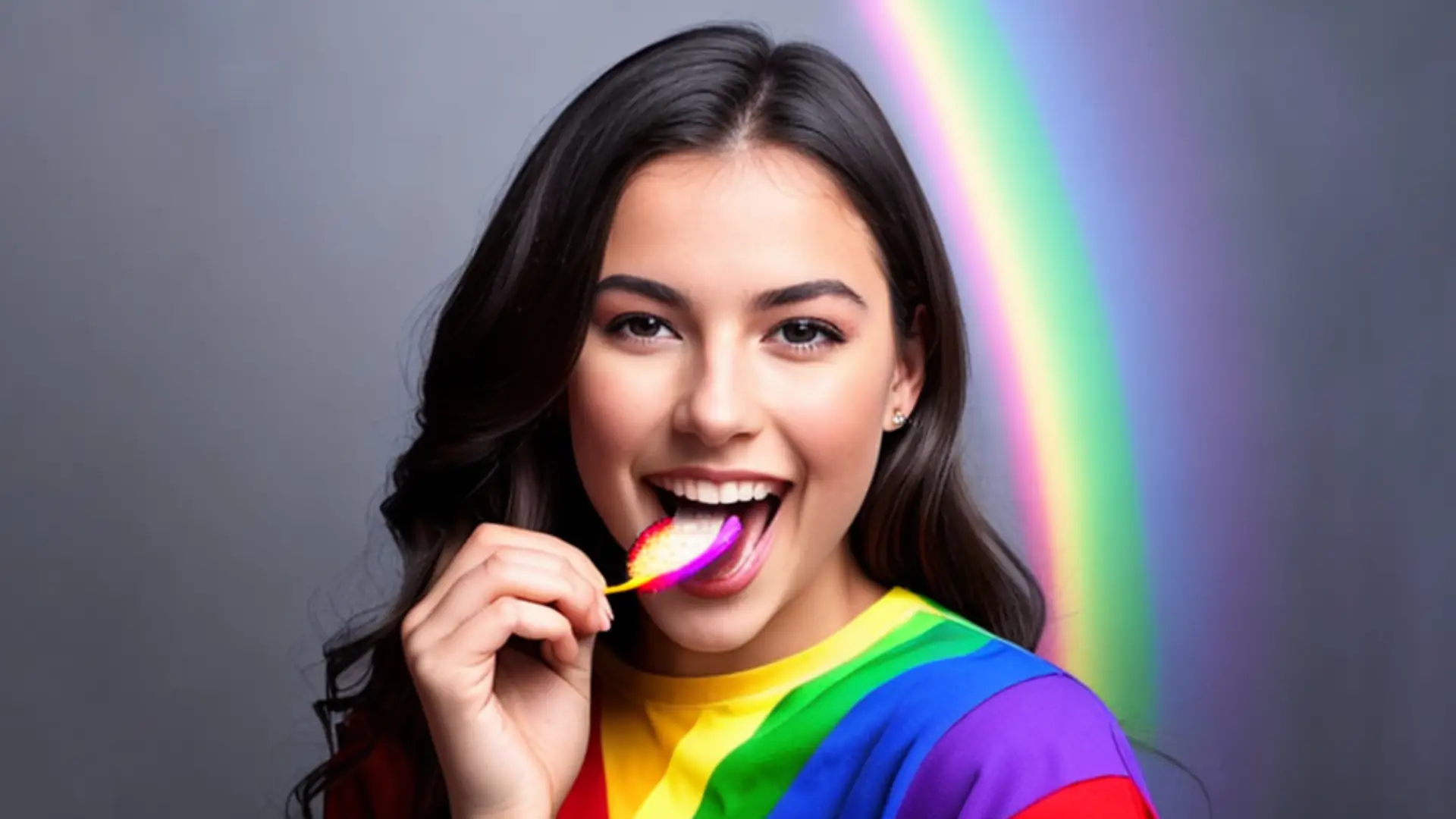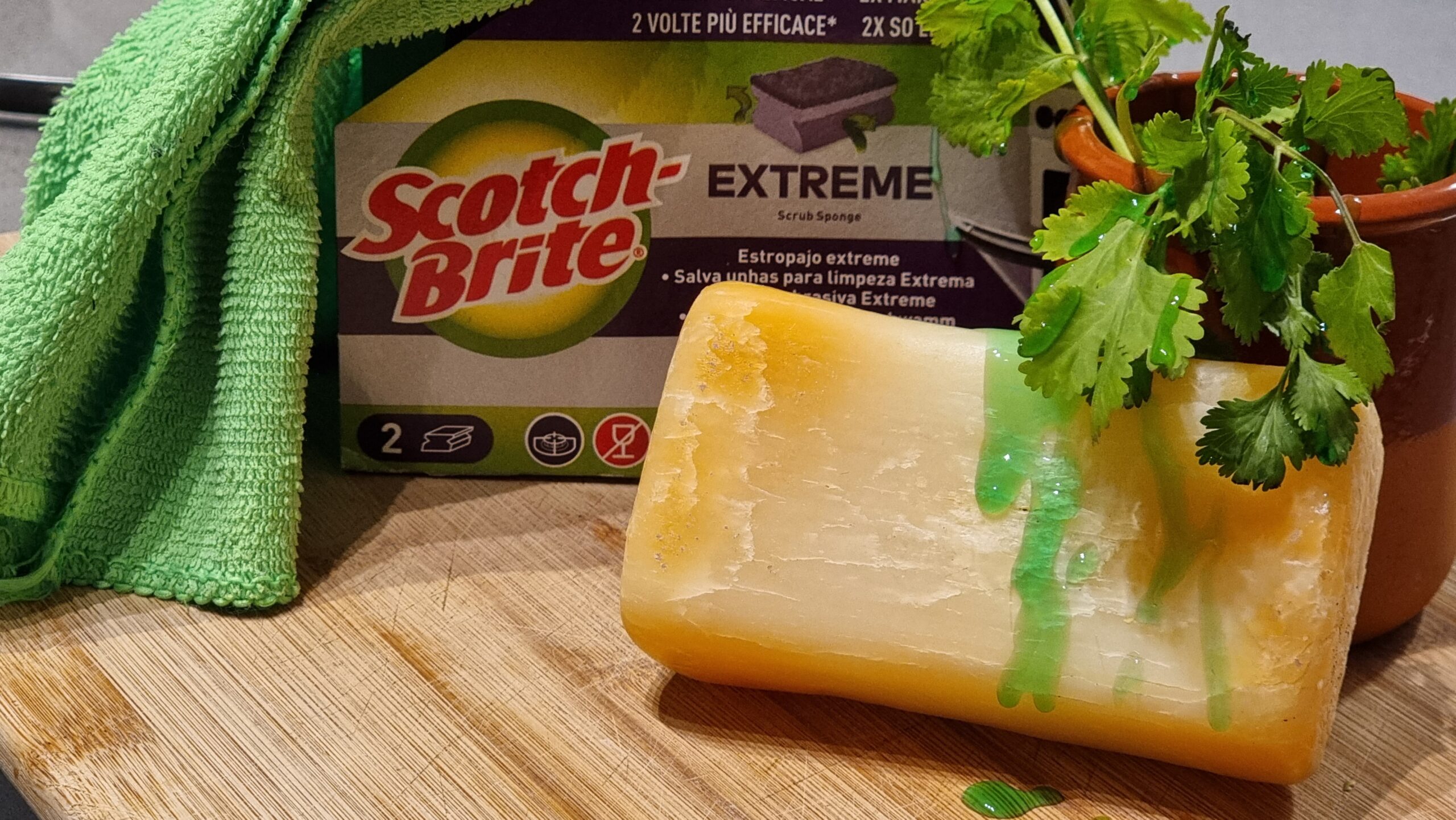What are juices? What is their movement inside the meat when we cook it?
*for easier apprehension, picture a rectangular piece of steak throughout.
Undeniably, resting the meat is the most crucial phase in its cooking. We all know that! Why do we rest it? If we cut cooked and unrested meat, most of its juices “Run Out”. Okay. But what are juices anyways?
Not Blood. When an animal is slaughtered all of its blood is drained out, to improve its shelf-life (quite an irony). All in all, juices are composed of majorly water with two proteins and a bunch of other stuff which are really not as important to us as of now. They are red in color because they contain (most prominently) two pigments called hemoglobin and myoglobin, previously mentioned as ‘proteins’. Hemoglobin’s job is to transport and deliver oxygen from the lungs to different muscle tissues and organs whereas myoglobin holds the oxygen in the muscle, so it can release the oxygen as and when required for sudden movements. Keep in mind both of these pigments turn brown when subjected to heat. That’s why an overcooked piece of meat is grayish brown. So the next time anyone makes a nasty crack about you eating “bloody” meat, just smile and continue to carve away.
Now that we have a better understanding of what juices are, let’s take one of the most believed notions into account: “Because juices are thermophobic, they go in the center of the steak when we cook it and then redistribute themselves when rested.” This statement is very convincing because the conclusion is correct that juices redistribute themselves when rested, but the first part of it is sort of punching in one of the most significant physical properties of water: “It’s Incompressible”. To prove this, fill a plastic bottle of water up to the brim, it’ll be next to impossible to add more water into the bottle without changing its shape. Back to the meat now where do the juices go if not in the center? Outside, that’s the only way, which also concludes that uncooked meat is always juicer than cooked meat. But you’ll protest that cooked meat seems juicer than uncooked meat. That is also true because there is a difference between actual juiciness and perceived juiciness (our brain’s a player!). Considering literally, juiciness is the amount of liquid present in the meat. In actuality, the quantity of liquid in raw meat is more than that in cooked one, because the fibers and cells are almost intact in the meat’s raw state which reduces the conceivability of its juices (that’s why we chop the meat into very small pieces for tartare, to expose most of the cellular area). In perception, cooked meat will always feel juicer because its fibers are broken down, proteins denatured, and (if present) browning also induces salivation which also plays an important role in the perceived juiciness; that is the difference between actual juiciness and perceived juiciness, there are a lot of other factors, but let’s keep this short.
As for the movement of juices during the resting period, the juices remaining at the center of the meat distributes, not redistribute, themselves outwards for the drier periphery to retain its moistness. But this is not because cooking had previously forced fluids to flee to the center.
One of my Aha! moment
On a completely unrelated topic, we all know that the temperature of the pan or grill is important to figure out how our steak will turn out, I came across this very useful website made by a group of research students (Kate Roe, Laura Breiman, and Marissa Stephens) from MIT. It demonstrates the heat diffusion through meat over time. This heat diffusion is calculated by modeling the meat using the diffusion constant of water. The heat at each point in the meat is calculated at each time step by using a Crank-Nicolson scheme to solve the heat equation.
The temperatures for the different stages of protein denaturation come from Harold McGee’s On Food and Cooking: The Science and Lore of the Kitchen (pages 152 and 210). It is important to note, however, that these temperatures are estimates and not completely universal. This simulation is not a perfect model for cooking actual meat. Stove temperatures, pan types, and meat consistency are variable from case to case. Please be certain to check that your meat is thoroughly cooked before consumption unless you enjoy getting food poisoning.
http://up.csail.mit.edu/science-of-cooking/home-screen.html







